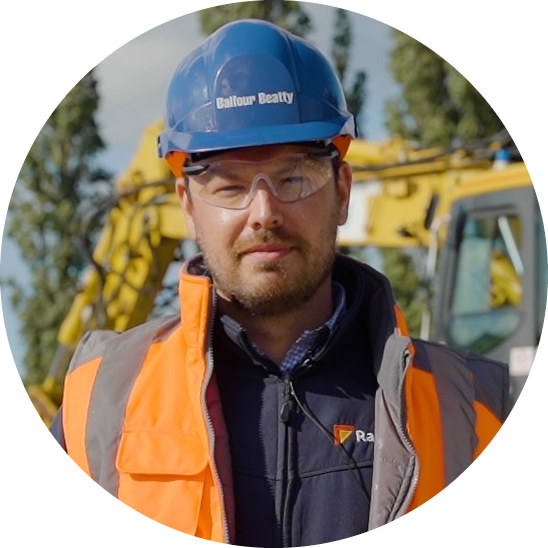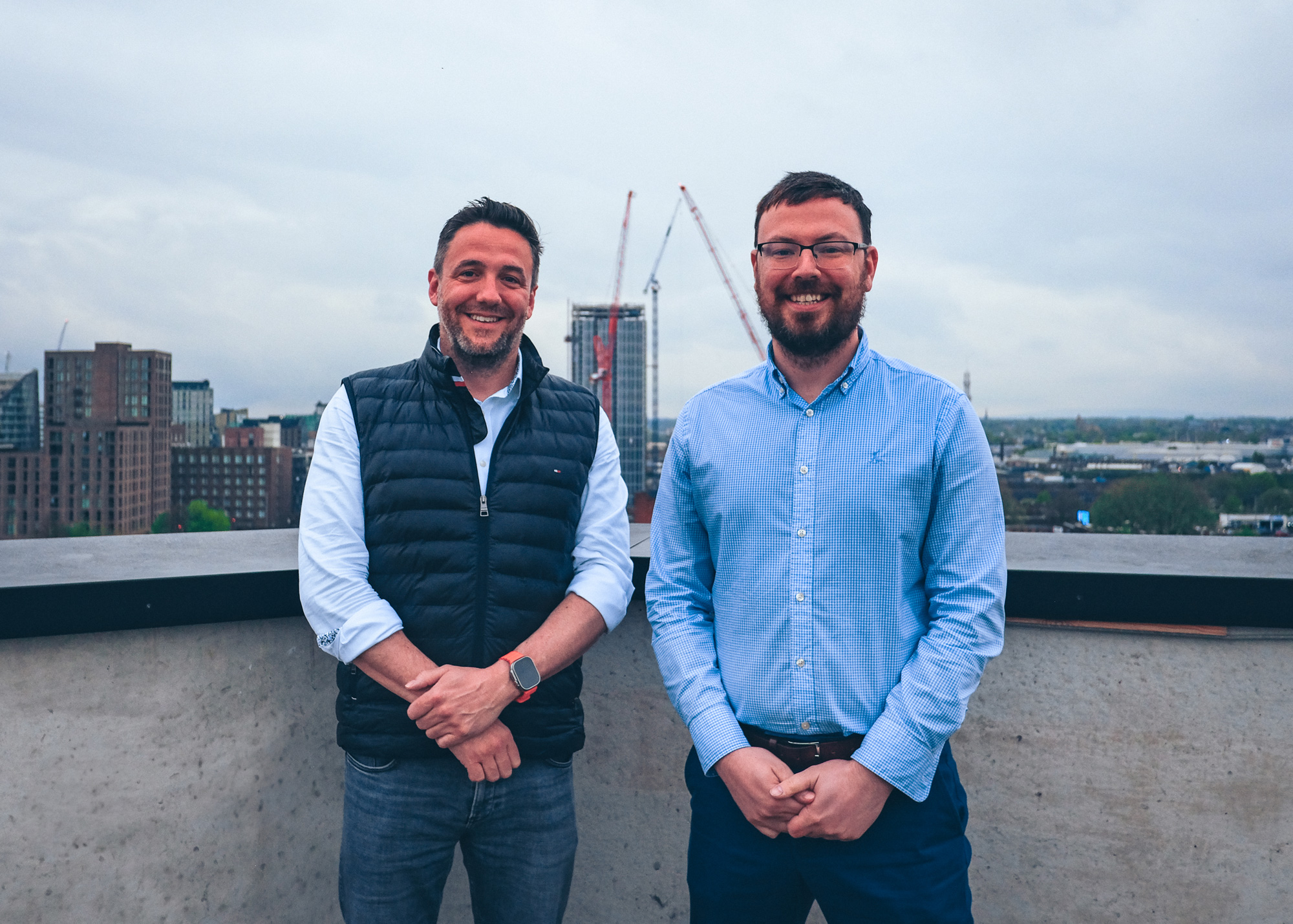Taking photos on site used to be a weekly or monthly task for junior engineers in the days of “proper” cameras. Since the advent of smart phones pictures are taken constantly, for many different reasons and to support various outcomes for asset owners and the supply chain.
At Raildiary we capture thousands of photos which build a huge asset repository; however how many of us have considered the key benefits of taking photos on site?
Below we explore 5 key benefits of taking photos on site and how to maximise the value of images being collated -
Progress
The first and most obvious benefit of taking photos on site is to record progress. Time, date and geotagged images are an excellent record of planned vs actual works completed. Key considerations when taking progress photos may be the following -
- Consistency - images taken at regular intervals from the same location (effectively time lapse photography) are most effective in recording real time progress.
- Short term or unusual work activities - ensuring that additional photos are taken during short term work or different types of activities is key to having the right records. This might be the inspection of a foundation before backfilling or a specialised lifting activity, in these instances you probably can’t take too many photos!
- Photo metadata - having time stamps and geolocation data either appended to images or actually stamped on the images allows for a richer asset record and the potential for linking with Building Information Models.
Transparency
Where site teams are geographically separated or in the case of rail environments working during possessions on live assets it’s imperative that records provide a transparent audit trail of works undertaken and completed. This also allows for issues to be highlighted such as extreme weather or ground conditions along with ground obstructions or issues with access.
In the modern era of open book contracting this transparency is essential for supporting variations or compensation events along with substantiating applications for payment. A regular shared repository of images, delivered in real time, contributes to a culture of transparency that supports trust and reinforces contractual relationships.
Safety
Another obvious benefit of photos taken on a construction site is to improve safety. Hazards and incidents are recorded with supporting photos that help lessons learned. Capturing best practice in health, safety and environmental controls and then sharing across teams and projects is best done with real photos from site rather than artificial environments.
Encouraging site operatives to take photos and add to site records also allows for supervisors and management teams to gain further insight into working practices and proactively manage potential risks whilst promoting and sharing positive outcomes.
Quality
Similar to safety it’s essential to support quality management processes that images are captured at key stages in the construction process. It may be possible to link an image to each step in a verification process within an inspection and test plan.
Capturing defects as part of contract administration and then images showing the remediation of those defects is another valuable benefit of recording location based images on site. Best practice and innovation may be identified and shared with relevant photos. This has the potential to be incentivised where site teams can contribute to efficiencies being delivered with novel working methods.
Collaboration
At first it may be hard to appreciate how photos and real time images may support collaborative working however going back to the benefit of increased transparency it becomes clear that these records may form a foundation for trust.
Where suppliers, principal contractors and asset owners share photos in real time from site records it’s possible to utilise those for collaborative working such as -
- Progress and planning meetings
- Early warning risk reduction meetings
- SHELT (Safety Health Environment Leadership Team) meetings
In all these environments having the context and insights from geolocated, time and date stamped images helps deliver collaborative outcomes.
At Raildiary we’ve thought long and hard about how we best incorporate capturing and utilising photos in our platform. Firstly we make it very simple to capture images, this is available from the native mobile applications on both Android and iOS. Where images are taken within the application they are time and date stamped along with a latitude and longitude, LOR and ELR for future location reference.
Raildiary has a unique Siteview feature which then stores and displays all image assets on an interactive map. Every image is linked both to its location and also the shift in which it was captured so drilling down into the detail of the shift record is available immediately for every photo
Overall, taking pictures on site can provide a range of benefits to rail workers and organizations, from improving communication and collaboration to enabling better decision-making and enhancing safety. As such, it is a valuable tool that should be used regularly as part of the rail industry's ongoing efforts to improve efficiency, productivity, and safety.





